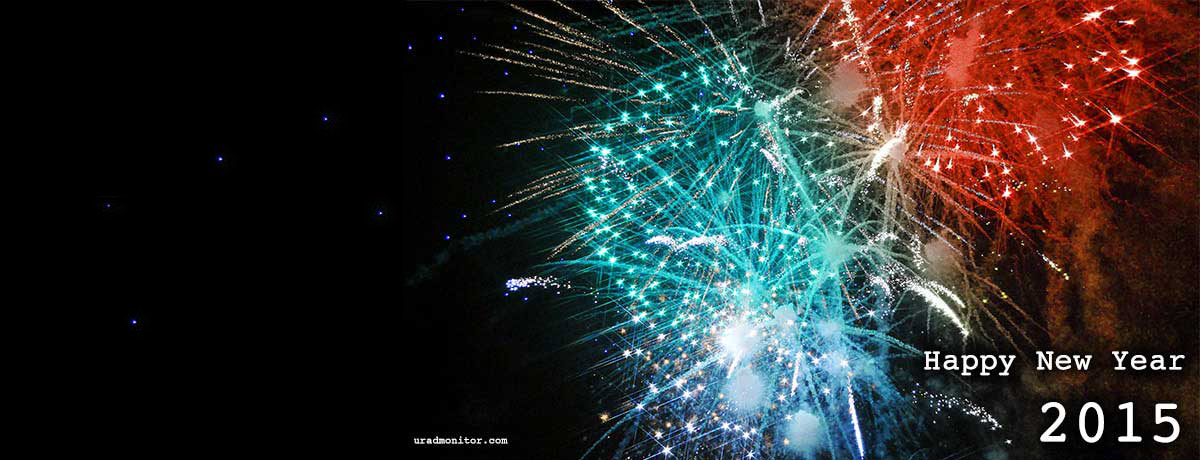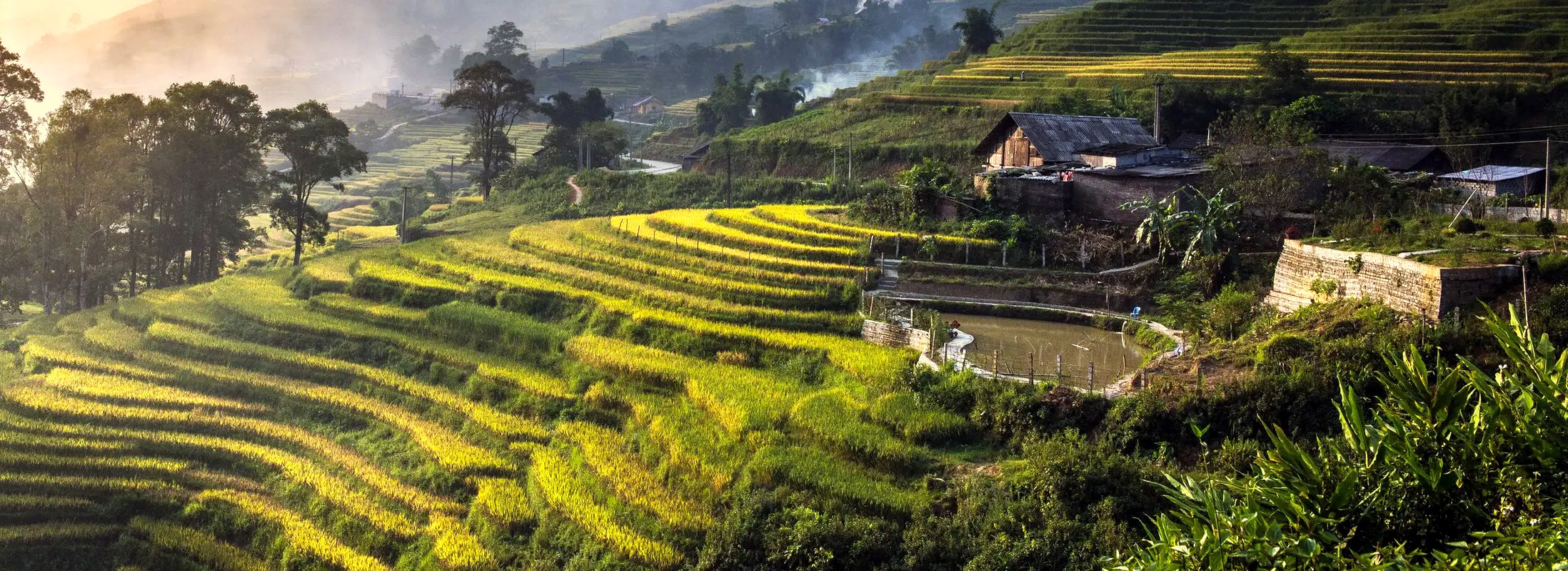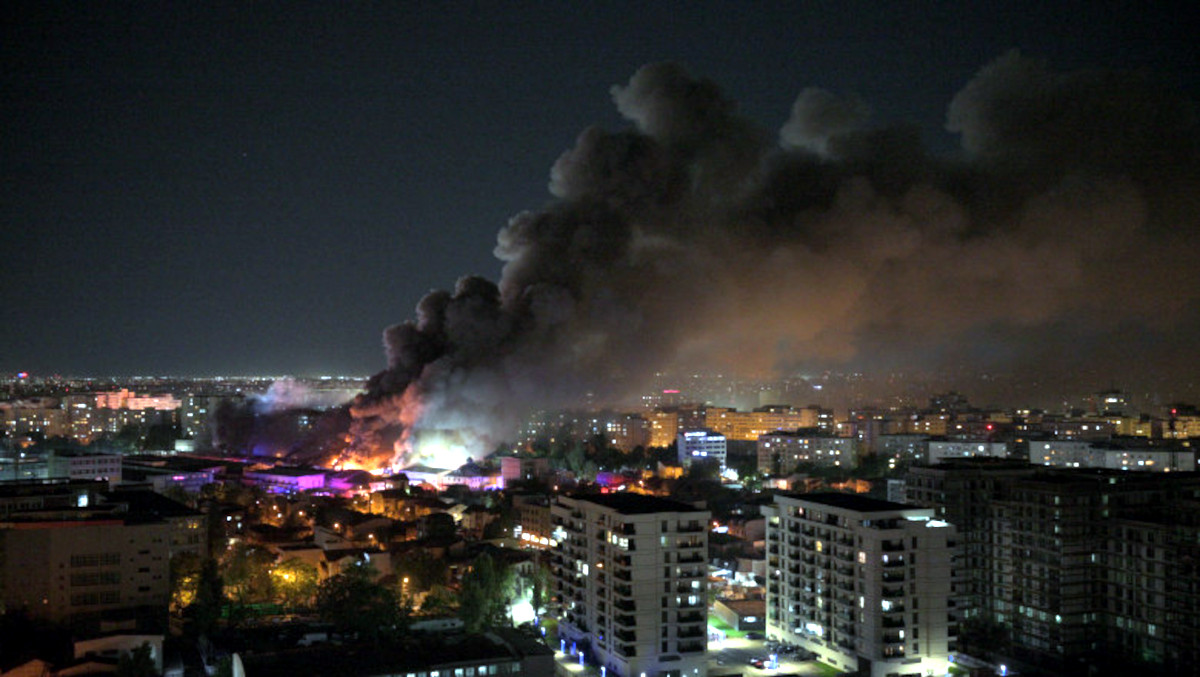
2014’s last day is slowly passing by. For what uRADMonitor is concerned, the passing year was one to remember. It was 2014 where this entire project practically started: it moved from an idea to a prototype and then into production, for now to see it expand quickly all over the world. The solution is already proving its reliability. Streams of data are flowing as we speak, part of this entire global radiation surveillance system, serving us all.

We grew from one unit to 100 in less than a year, and this achievement is paving the way for more to come. People’s awareness in protecting the individual’s health and interests has increased, even if the motivation often came from regretful incidents. Now we are all more preoccupied with knowing exactly what is happening around us, and identifying any possible threats, including the invisible ones like the ionising radiation. Our health is precious, and we need to protect it. uRADMonitor promises to help us do that.

New units have been deployed in many corners of the world: Portugal, Brasil, Canada, USA, Poland, Australia, New Zealand, Bulgaria, Romania, Sweden, Switzerland, Slovenia, Germany, France, Italy, Spain, United Kingdom, Ireland, Norway, Finland or Netherlands, in no particular order.

In a world of big players, starting from ground level can be challenging. But thinking big costs nothing. And so we did, knowing that innovation was the only way to go. Our efforts have been recognised, and uRADMonitor went into semifinals in the HackADay.io 2014 competition. We didn’t conquer the space, but we did a good job at ground level, spreading the network across several continents.

Then EEVBlog did a nice presentation on the project, and suddenly the world learned about uRADMonitor.

Looking back, it seems we did good. In front of us, a new challenge begins. In 2015 we aim to provide improved hardware, including the Model B and Model C. Besides radiation, we want to focus more on other environmental parameters such as air quality. The infrastructure we’ve built so far will easily allow adding more sensors. We want to improve the radiation detectors, do research in solid state, handle radon detection and go for redundant topologies to allow coincidence and anti-coincidence monitoring.

The software remains an important component of the project. Spreading from the restricted world of microcontrollers to the complexity of big data solutions, the bytes have been forced to dance on the uRADMonitor tunes. And improvement is constant here as well.

As we speak a new firmware already allows direct LAN access to the uRADMonitor units. In case something breaks the communication to the centralised server, the unit can still be accessed locally as simply as opening the ip address in the Internet Browser.
We have researched ways to protect the data from outside attacks including denial of service or injecting of forged data. We found ways of dropping the hardcoded device IDs in favour of automatic assignment. We’ll see all this and more, in 2015! But until then, have a great New Year’s Eve Party and:

Yours,
Radu Motisan
the one guy handling the soldering, the software, and the server
ps: 2015 will see this change to a startup company. An indieGogo campaign will follow, allowing us to fund the continuous development. Thank you all for the support!



Radu,
Thank you very much for all the work you have done and even more for the potential of saved lives from your network!
Ed
Thanks for all your work!
I’m looking forward to the new things coming in 2015.
cheers
Tim
Hey there Radu,
Many years ago I thought of a similar concept, although lacked the motivation to do such a thing. It’s great to see that you’ve done that.
I am interested in acquiring a unit, as I see, there’s already 3 here in my country already (which is quite surprising) so I would love to add another city to the map.
I am definitely interested in be able to directly connect to the device to get back measurements – in fact, it is my hope that there will be some sort of API to pull down data straight from the device programmatically, so that it could be implemented in a home automation/sensor network. You mentioned you were experimenting with this – will this be possible in the “A” model or would it have to be a B modal onwards feature? I am also hoping for the future for an API for getting worldwide data straight from this site – since the current display of sensors is something left to be desired although I’m sure you’ll make improvements to this when you get the chance.
Thanks! 🙂
Hi Stu,
Direct access to uRADMonitor units over LAN is already implemented in the new firmware. See:
http://www.uradmonitor.com/topic/the-new-firmware/page/2/#post-1209